The c3+d4 Pawn Structure – Complete Lesson
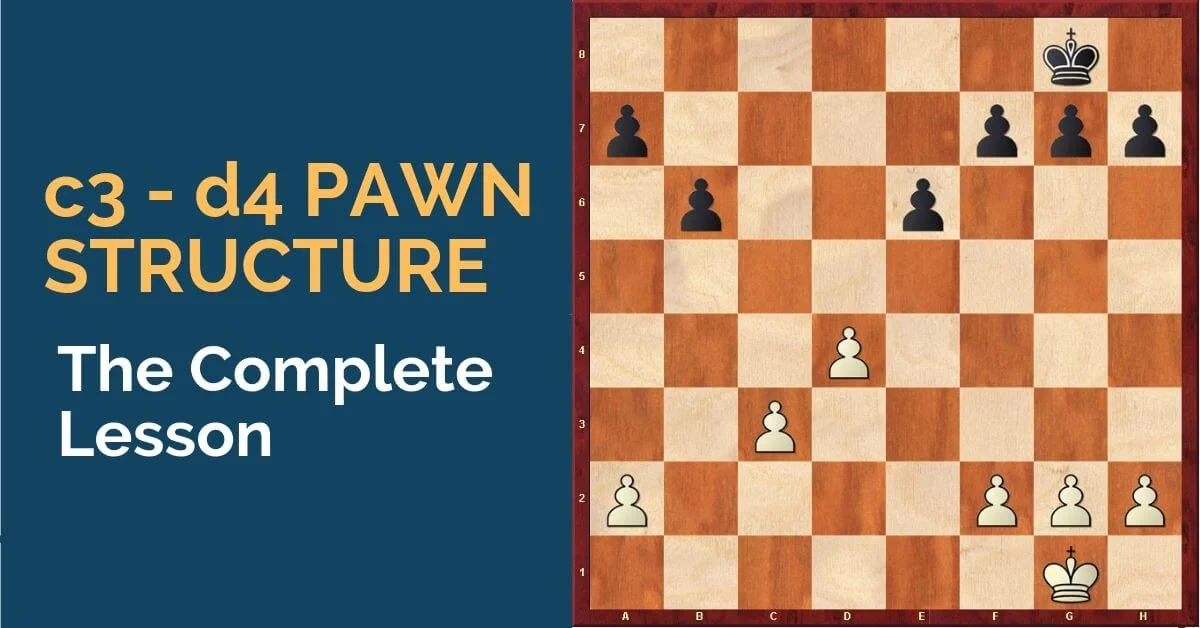
The structure we are going to talk about in this lesson is, in fact, a form of hanging pawns.
From a strategic point of view, it represents a weakness for the side having it.
However, it can be successfully used in combination with a dynamic play.
***
There are a few typical plans and ideas in this type of structure.
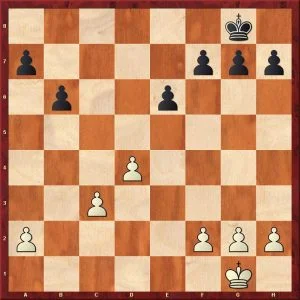
For easiness, we are going to consider white as the side having the c3+d4 structure, but the plans are of course the same if the colors are reversed:
- White should play dynamically in the center and king-side. The light-squared bishop is usually developed to d3, while the queen goes to e2, ready to create threats against the black king;
- One advantage of the hanging pawns is their mobility. In our case, white can try to play c3-c4, followed by the rupture d4-d5. Here, he can develop the dark-squared bishop to b2, so that when c4 and d5 is achieved, white gets even greater pressure on the kingside;
- Another idea white has is to advance a4 and a5. This way he gets rid of the weakness on a2 and fights for the initiative on the queenside;
- Black’s plan, on the other hand, is to fix the pawns on c3 and d4, so he can afterward attack and eventually win them. He can do this with his light-squared bishop, after playing b5, Qc7 and Bd5 followed by Bc4, Rd8-Rd5 or with his knight. In this case, the plan is to play b5, Qc7, Rd8 and bring the f6 knight to c6 via e8-d6.
In the following example, we can see how white combines some of the above-mentioned plans. He starts by pushing a4, forcing black to always keep an eye on the possibility of a5, then continues with an attack against the king.
Black defended well and could have kept the balance, but a couple of mistakes led to white’s win. Note in this game the typical set-up for both sides: Bd3, Bd2, Qe2 and Rfe1 for white and Qc7, Rac8, Rfe8 followed by Bd5 for black.
Training Task #1:
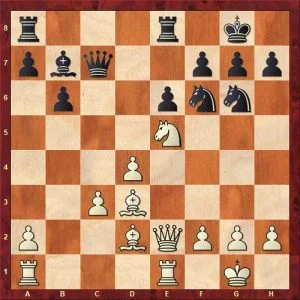
White to move
Training Task #2:
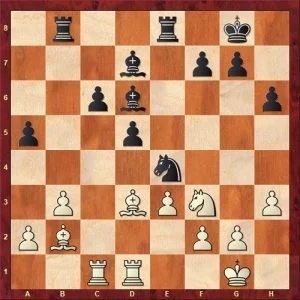
White to move
Training Task #3:
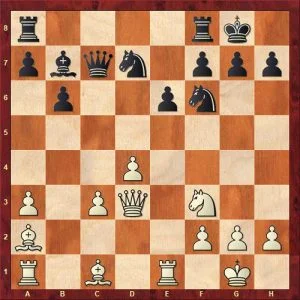
White to move
Training Task #4:
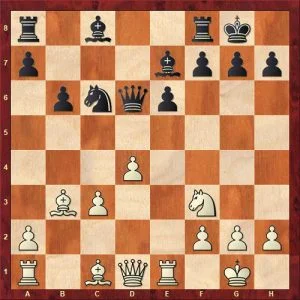
Black to move
Training Task #5:
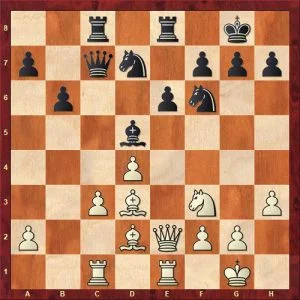
White to move



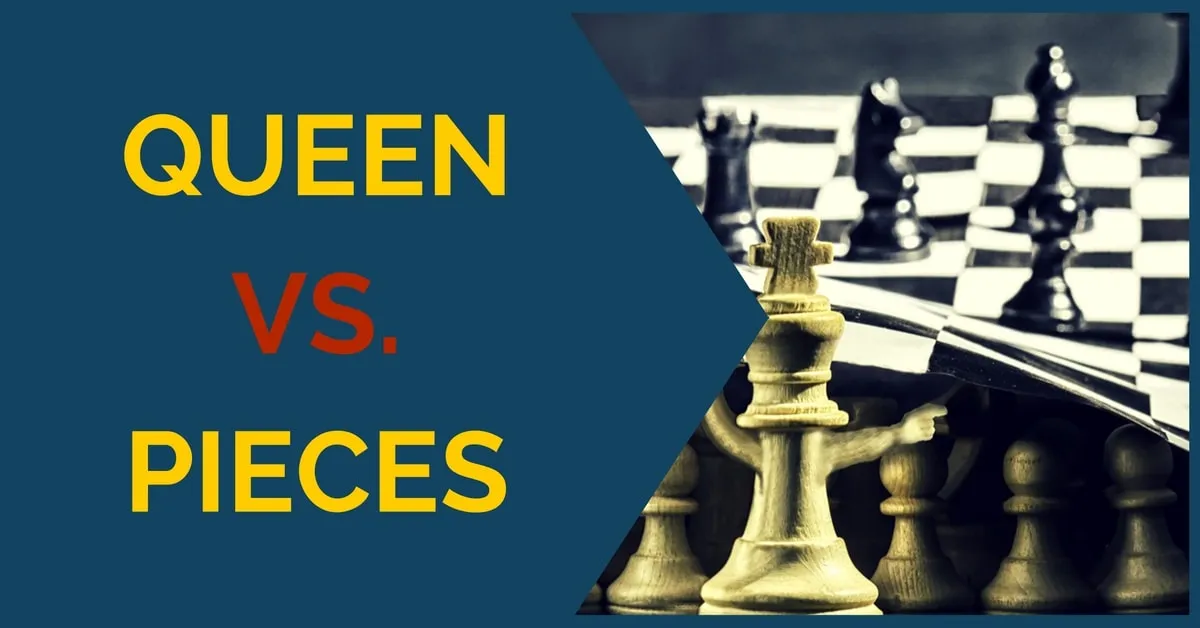
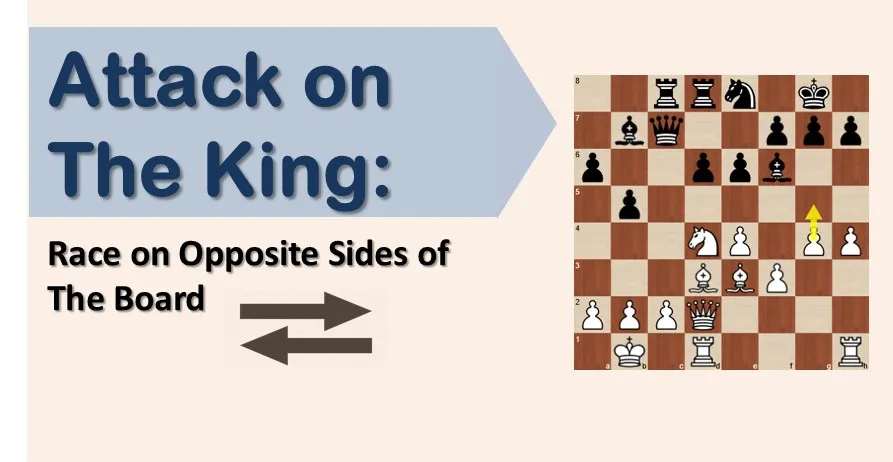
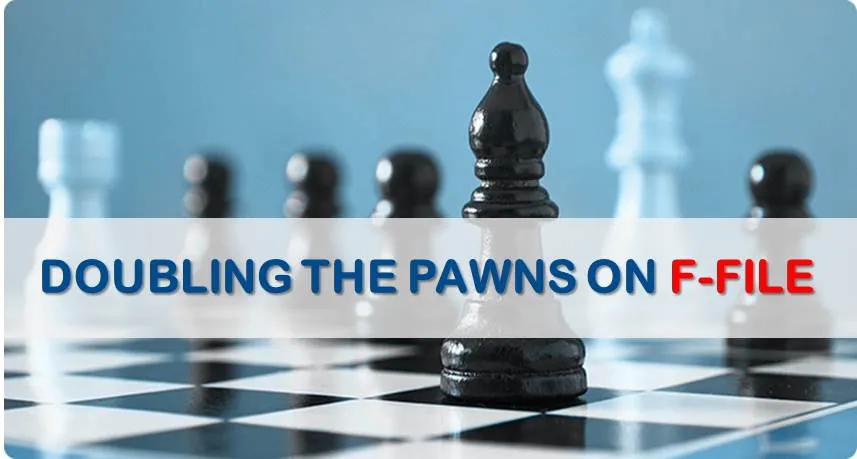




Comments: